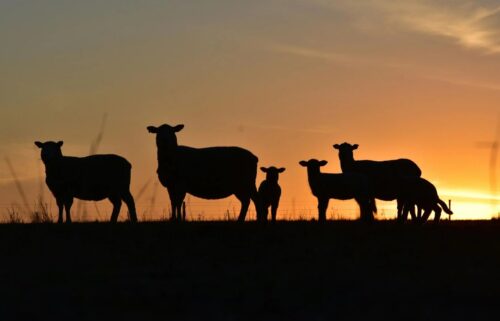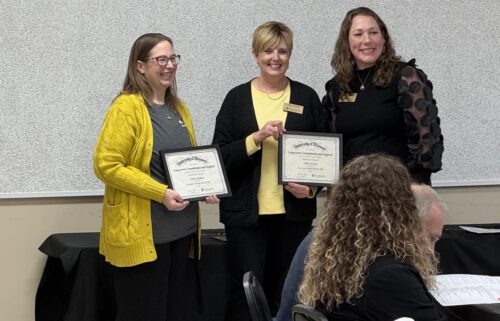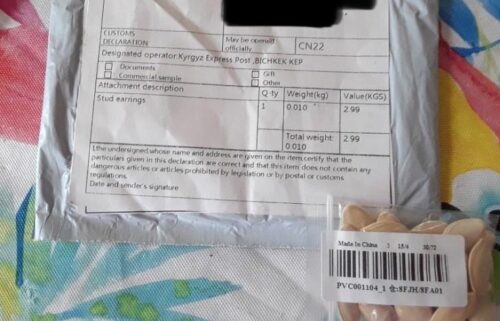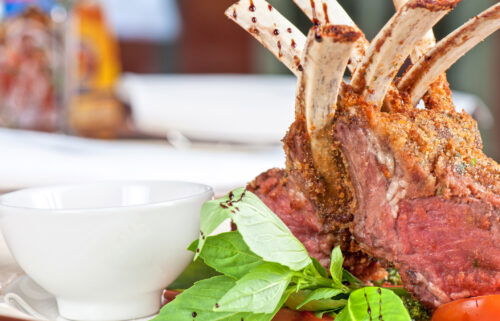Patterns on barns
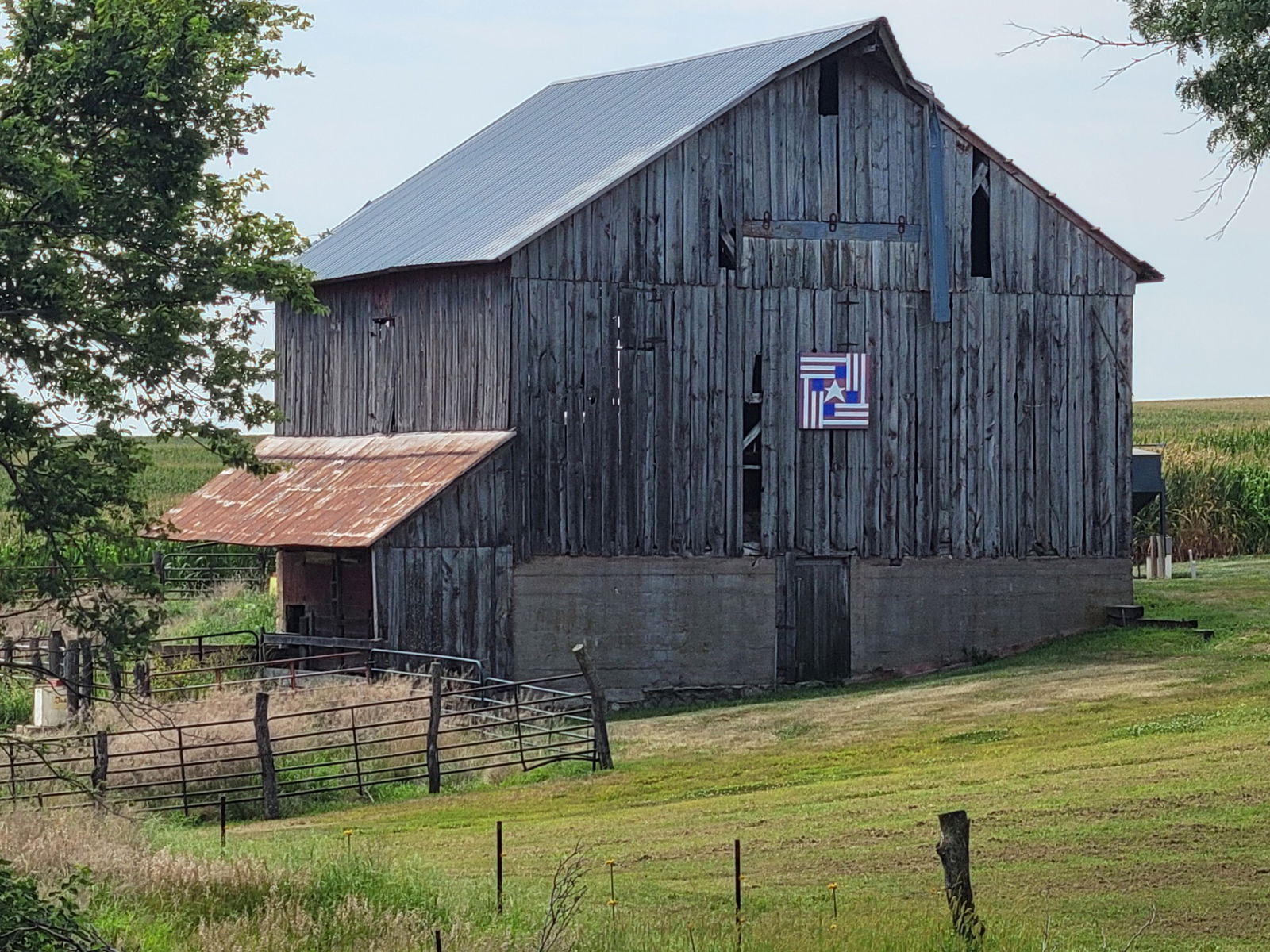
By Corner Post
Stories abound about the origin of barn quilts; not all are plausible. They didn’t become common because farmers ran out of one color of paint to cover their entire barn, as some have suggested. (How many of those old farmers would just happen to have had cans of several other paint colors on hand?) They weren’t designed to be markers of Underground Railroad safe houses. (One or a few barn quilts may have marked places of sanctuary, but barn quilts adorned buildings of people on both sides of the slavery issue. Plus, they pre-date the Underground Railroad by a number of years.)
The answer to why barn quilts came into being is that it was a show of pride and a desire to add some aesthetic appeal to the homestead. On that, almost all can agree. Who started the trend, when he/she painted the first one, where it was located, and what it looked like are questions that will never be settled. But here are a few bits of info on the subject you might be interested in knowing.
Barn quilts are popular in America. I can’t confirm if there are any in Hawaii, but I know that they can be found in the other 49 states. Most U.S. states even have designated “Barn Quilt Trails” to help people locate some of the ones in the area. The earliest barn quilts in this country appeared around the start of the 18th century on properties of immigrants. The works reminded them of those they’d seen in Europe. Designs of those early works probably reflected their ties to the land they left behind or to the hope they had for their new life and new home.
Initially, the designs would have been painted directly on the building. Most commonly, that would have been a barn, but near seacoasts and lakeshores boathouses may have borne the design. Over time, they appeared on shops, homes and other buildings. In the past 3-4 decades, it has become more common to create the design on a piece of wood or other material and then fasten it to the building. Marine-grade plywood, primed, painted and sealed, and then fastened with long screws seems to be the most popular choice. For barns and other large buildings, many join two 4’x8’ sheets of plywood to make an 8’x8’ square. On small buildings, I’ve mostly seen 2’x2’ squares (half of a 4’x8’ sheet).
If you’re wondering about the patterns people use on barn quilts, there are no limits. You’re likely to see themes of patriotism, family heritage, sports team or tractor brand loyalty or favorite flower/tree/animal, just to name a few. Plenty of others are simply an interesting or pleasing combination of shapes and colors.
If you’d like to visit the barn quilt capital, go to Shawano County in Wisconsin, or to Washington County or Sac County in Iowa, or Wichita County in Kansas, or Saline County in Missouri, or any of 20+ locations that claim the title. Hopkins, Missouri, has been designated “Barn Quilt City USA.”
